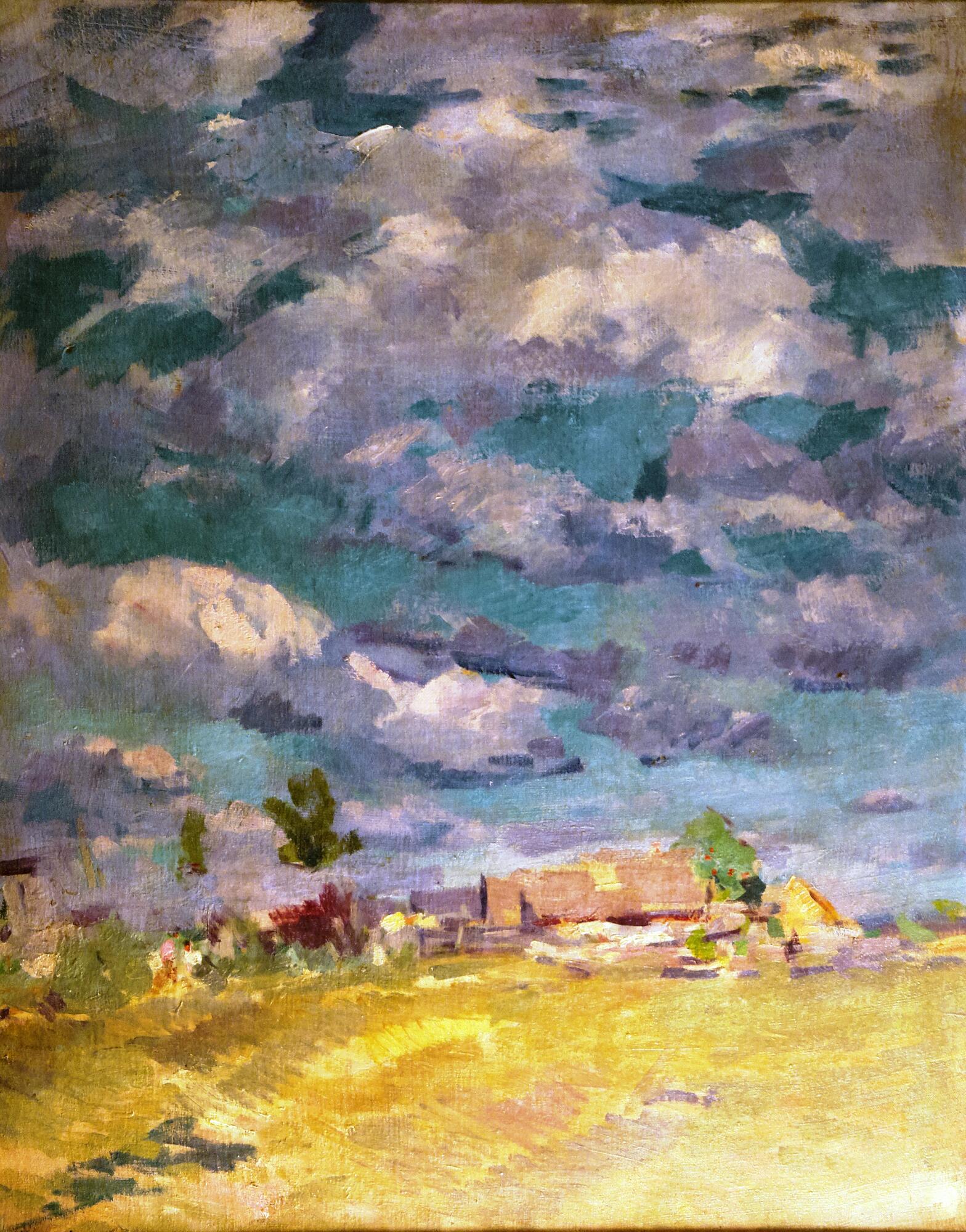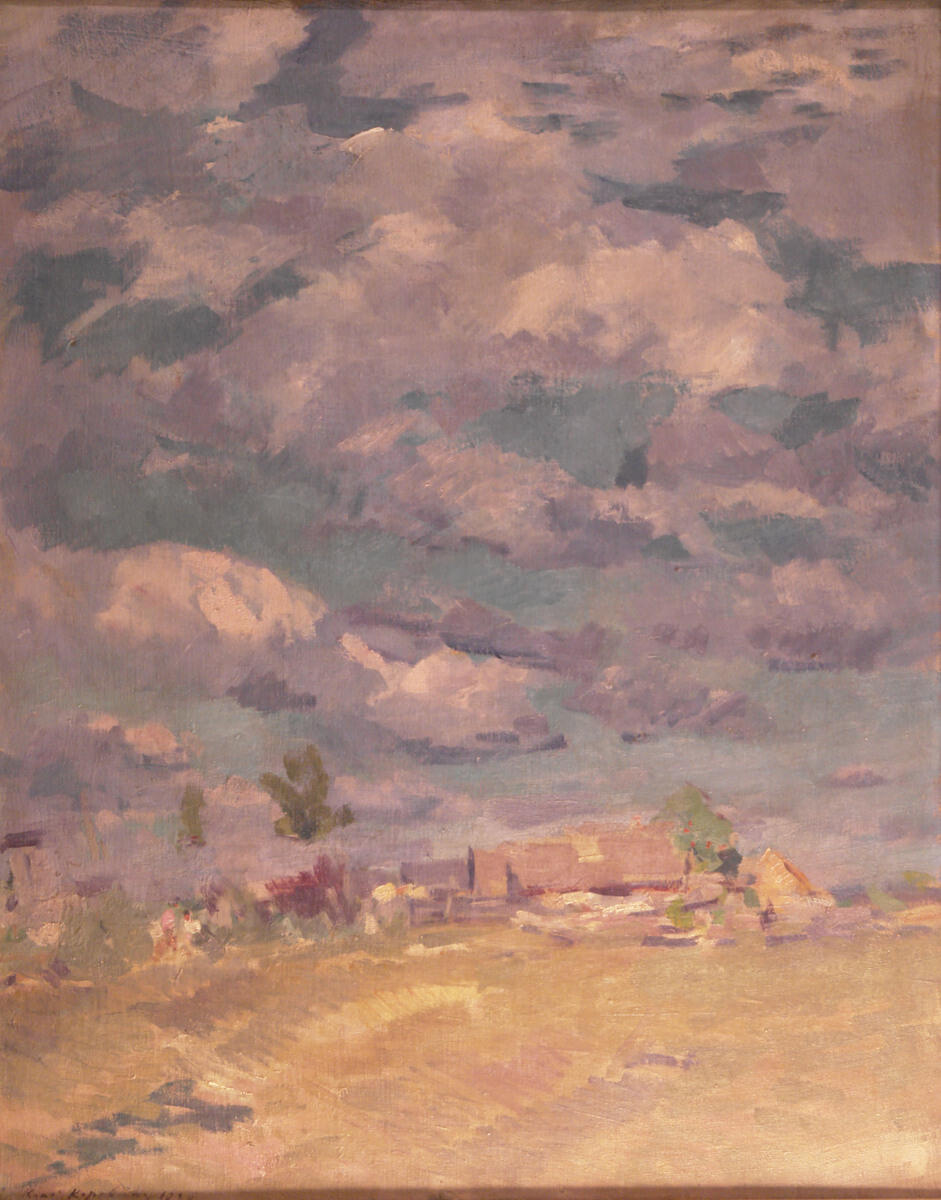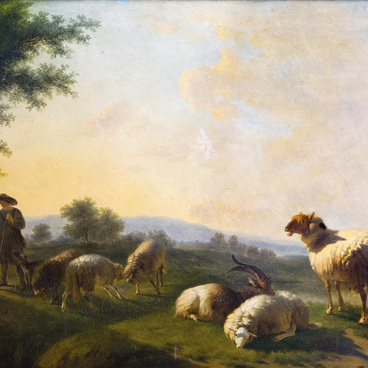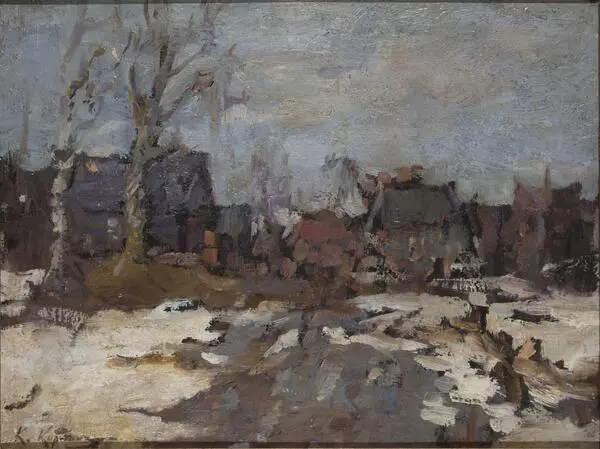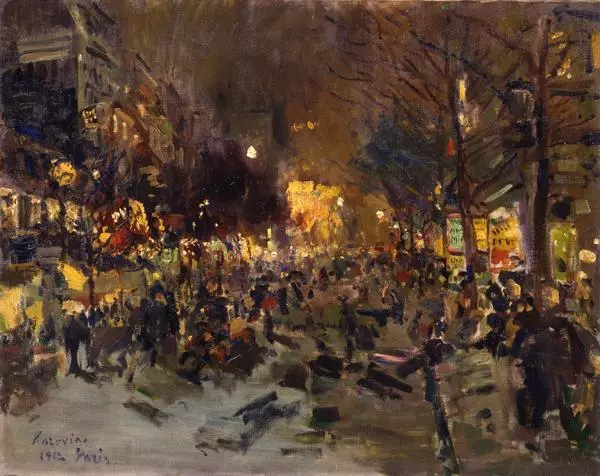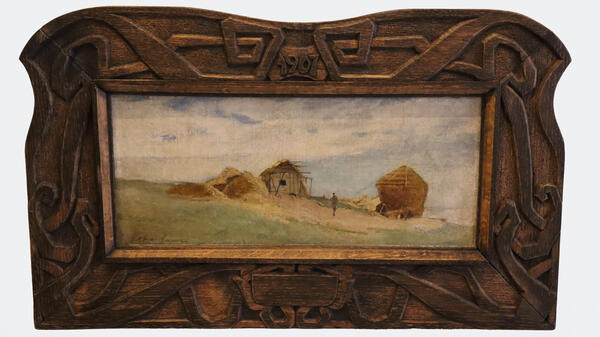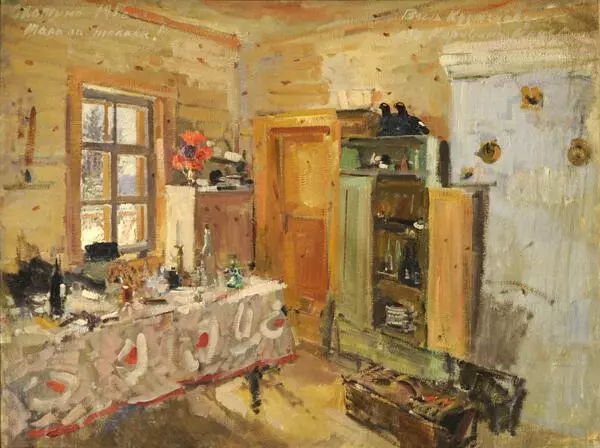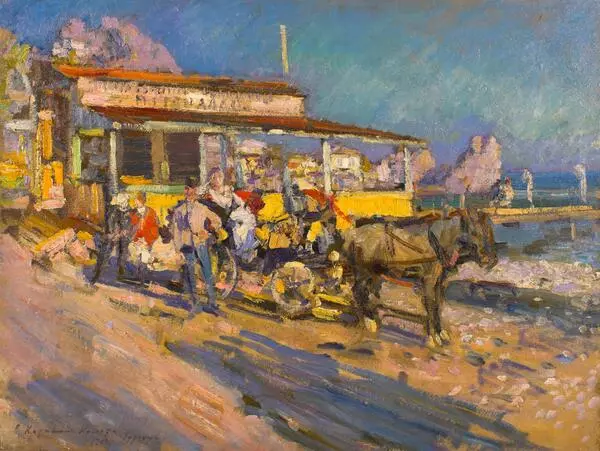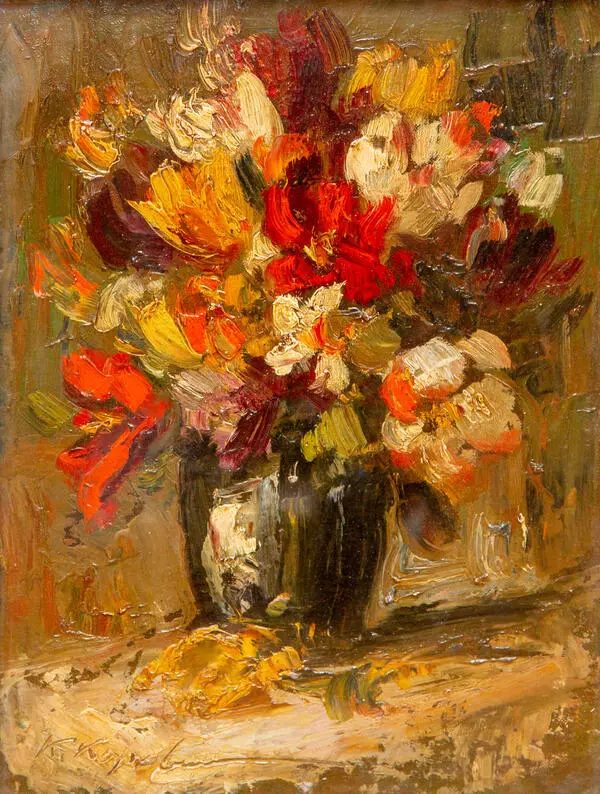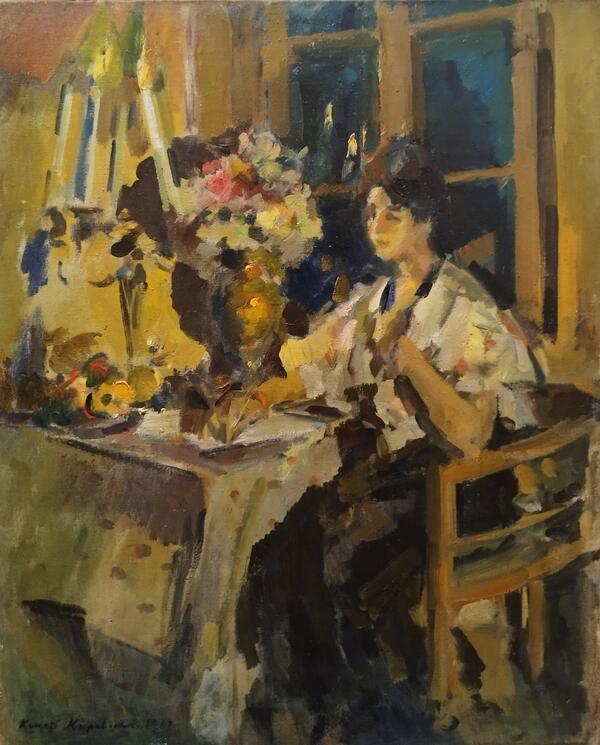Konstantin Alexeevich Korovin was one of the most talented and bright artists of the turn of the 20th century. His paintings appeared at a time when the concept of beauty in Russian painting was forgotten due to the dominating aesthetic principles of the Wanderers.
In 1875, Korovin entered the Moscow School of Painting, Sculpture and Architecture to study architecture, and a year later switched to painting. He studied in the landscape classes of Aleksey Kondratyevich Savrasov, Illarion Mikhailovich Pryanishnikov, and Vasily Grigoryevich Perov. After attending classes at the Academy of Arts for several months and becoming disillusioned with academic teachings, he returned to the Moscow School of Painting, Sculpture and Architecture, to the studio of Vasily Dmitrievich Polenov.
Korovin was the first in Russian painting to affirm the value of the study as a finished work. For the artist, the study became a protest against Academism. Korovin considered studies more valuable than finished pieces. “I paint for those who know how to enjoy the sun, the endless variety of colors and shapes; for those who never cease to be amazed at the easily changing play of light and shadow.”
The main feature of Korovin’s paintings is his rendering of a sense of the moment, the value of every minute of life. For the first time in the history of Russian art, Korovin, an impressionist, discovered the value of an instant impression, the fluidity of color that transforms the material world; he saw its joyful abundance of color and blue shadows, and discovered the beauty of the texture of the canvas.
The image of nature, namely Russian nature, was one of the artist’s most favorite motifs. Along with other painters of his time — Isaac Levitan, Valentin Serov, and Mikhail Nesterov — he developed a new subgenre of landscape, called the “mood landscape”.
The study “Cloudy Sky” was most likely created during a trip to Crimea in the summer of 1910, where a number of festive, elegant southern landscapes were painted. Three-quarters of the canvas is occupied by the image of a summer sky covered with rushing clouds. Below is a yellowed field. There are huts on the horizon with a few trees near them. The wind rushes across the field and ruffles the crowns.
In 1875, Korovin entered the Moscow School of Painting, Sculpture and Architecture to study architecture, and a year later switched to painting. He studied in the landscape classes of Aleksey Kondratyevich Savrasov, Illarion Mikhailovich Pryanishnikov, and Vasily Grigoryevich Perov. After attending classes at the Academy of Arts for several months and becoming disillusioned with academic teachings, he returned to the Moscow School of Painting, Sculpture and Architecture, to the studio of Vasily Dmitrievich Polenov.
Korovin was the first in Russian painting to affirm the value of the study as a finished work. For the artist, the study became a protest against Academism. Korovin considered studies more valuable than finished pieces. “I paint for those who know how to enjoy the sun, the endless variety of colors and shapes; for those who never cease to be amazed at the easily changing play of light and shadow.”
The main feature of Korovin’s paintings is his rendering of a sense of the moment, the value of every minute of life. For the first time in the history of Russian art, Korovin, an impressionist, discovered the value of an instant impression, the fluidity of color that transforms the material world; he saw its joyful abundance of color and blue shadows, and discovered the beauty of the texture of the canvas.
The image of nature, namely Russian nature, was one of the artist’s most favorite motifs. Along with other painters of his time — Isaac Levitan, Valentin Serov, and Mikhail Nesterov — he developed a new subgenre of landscape, called the “mood landscape”.
The study “Cloudy Sky” was most likely created during a trip to Crimea in the summer of 1910, where a number of festive, elegant southern landscapes were painted. Three-quarters of the canvas is occupied by the image of a summer sky covered with rushing clouds. Below is a yellowed field. There are huts on the horizon with a few trees near them. The wind rushes across the field and ruffles the crowns.
